A claims agent named in an insolvency dispute involving a law firm client has itself gone bust.
Case to Answer Limited, based in Lancaster, appointed liquidators last week, having been subject to a strike-off notice a month previously.
The company describes itself as experts in financial litigation enabling solicitors to fight mis-selling claims on behalf of the public. It came to public awareness earlier this year when it was named as the go-between negotiating the supply of Plevin claims to north west firm Sandstone Legal.
The court heard in that case that claims management company Curzon had sold 17,939 Plevin claims, accepted and charged at £75 plus VAT, giving a total of £1.345m.
A bonus for £250,000 was claimed by Curzon on the grounds that the parties agreed 10,000 accepted claims had been delivered.
Sandstone had argued it owed nothing because CTA had no authority to accept Plevin claims. It was said in court that CTA was indebted to Curzon and that the debt was to be reduced by bonus payments made by Sandstone under the agreement, including the signing fee in the sum of £175,000. The firm has since filed an application to appoint administrators and has vowed to find a solution that satisfies all clients.
Read more:
Judge orders fresh hearing over allegations of law firm boss misleading court on finances
Case to Answer Ltd was incorporated in 2018 and by the time of its voluntary liquidation it had one remaining active director: Francisco Purcet. He had also been a director of liquidated law firm Hattons Legal Services, having been appointed in 2023. Two former Hattons directors, Lee Anderson and Mohammed Esa, were also directors of Sandstone Legal until last year.
Case to Answer Ltd did not file accounts last year so its most recent accounts cover the year ended 31 December 2022. That shows the company’s assets shot up from £1.7m to £20m, with work in progress going from nothing to £9.45m.
Amounts owed to creditors within 12 months went from £1.36m to £14.3m in the space of a year. Long-terms debts surged from £385,000 to £6.5m. Overall the company was running with net liabilities of more than £600,000 and employed just six people.
This article is now closed for comment.

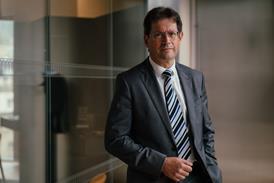
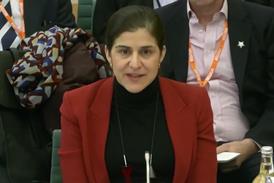

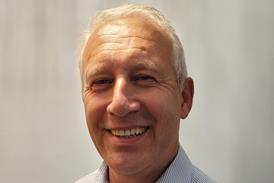








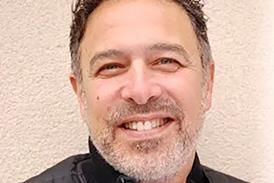

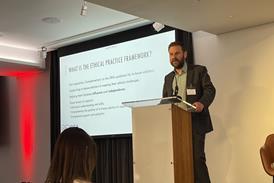



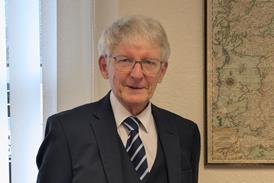






6 Readers' comments